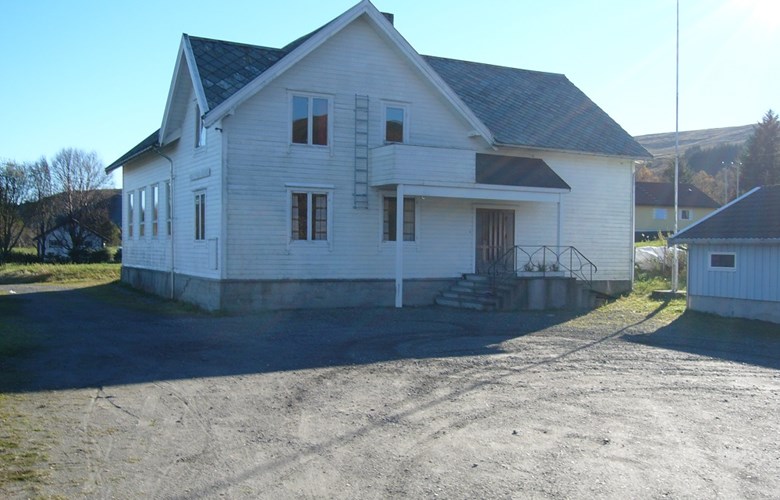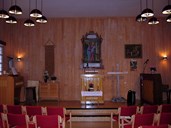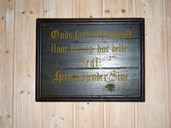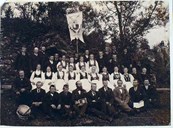The need for a house for bigger gatherings
Øyvind Sjåstad writes in a report in connection with the 75th anniversary that the house was built because there was a need for a place to accommodate larger events and gatherings, such as fund-raising activities. These events previously took place outdoors, and, therefore, they could only take place in the summer months.
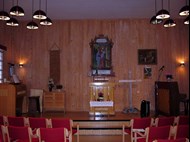
Many people guaranteed for a loan
There is not very much available written material, and a lot of it must have been lost. But we do have a contract from 2 January, 1903. It is signed by 16 men who mortgaged their farms to get the house built. They established an association for this purpose. If collected means were not sufficient, the men would be "self-liable" for a loan in the savings bank of Selje Sparebank. The loan was 2500 kroner and they estimated that the operation of the house would be self-financed (percentage of income at various events in the house).
Five members in the board of directors
On 22 April, 1903, a board of five members was elected in order to make it easier to make decisions on behalf of all the 16 men. Ever since, the "bedehus" chapel has had a board of five members.
Collected means
The house was built the same year and means were collected. Everybody contributed according to their means, and these were not times of affluence. There are names on the list, but also people who gave anonymously. The collection list shows that the total sum was kroner 1389.61. We can well understand the economic situation among people when some only gave one krone at a time.
The collection list also shows that this house was supported by the whole area of Stad, but the majority of contributors came from Nordstranda itself, which was the name of the school district at that time.
"Bedehus" and church working together
One would think that the established church did not welcome any "bedehus" chapel. At some places they were afraid of zealotry in connection with the layman movement. However, the top name on the collection list was the vicar L. Strømme. This shows that there was no distrust on the part of the church. They rather looked upon the "bedehus" as a useful partner.
10 metres long
The first house was not very big: "- 16 ells (32 feet)long, 12 ells (24 feet) wide, and five to six ells up to the rafters, with a gallery and necessary furnishings up to a sum of kroner 2500 -", according to the first contract.
Rebuilt in 1939
The house has been changed in line with the changing times. Øyvind Sjåstad writes that the house was rebuilt in 1939 with a kitchen and dining hall on the first floor, and a hall and small meeting room on the ground floor. The staircase and the entrance faced the road.
Used for many purposes - but not for political meetings
During the Second World War the Germans requisitioned the house. After the war the house was thoroughly washed and used for practically all kinds of activities and meetings of Christian or humanitarian character in the village. In those days "everybody" went to the "bedehus". All kinds of organizations held their meetings there in addition to the ordinary meetings of a Christian character such as bible lessons, prayer meetings and bigger assemblies. Political parties are not allowed to have any meetings in the "bedehus" chapel.
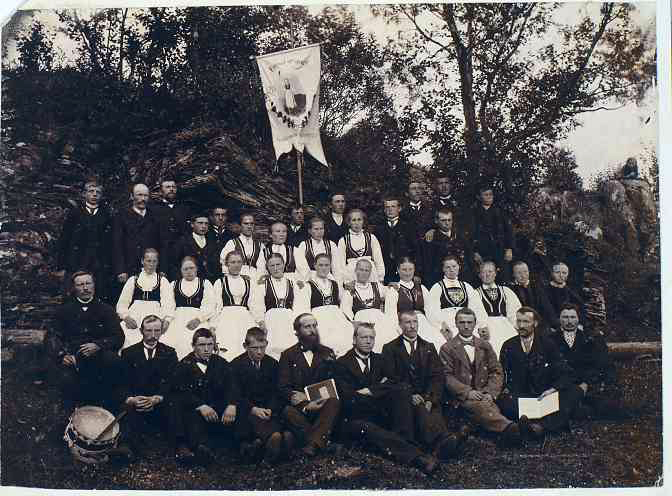
Improvements and maintenance
In 1956, toilet facilities were built in addition to a larger wardrobe and extended dining hall. This amounted to about 40 000 kroner. For a while the house was also used for school purposes.
In 1978, a major rebuilding effort took place. The whole house was made more practical with insulation, a new staircase and a "new" dining hall and kitchen.
Since then the house has been maintained well, and better equipment for the kitchen and the dining hall has been bought. The result is that the house is often rented out for various events such as baptism, confirmation, funeral, birthday, and wedding.
The house has both an organ and a piano.

